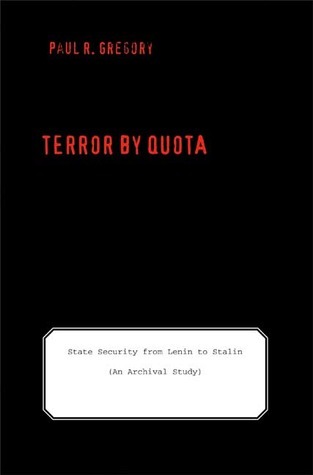
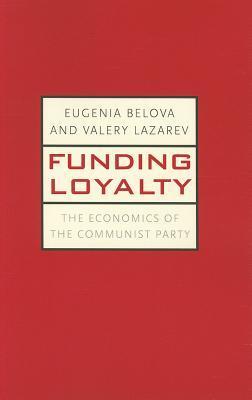
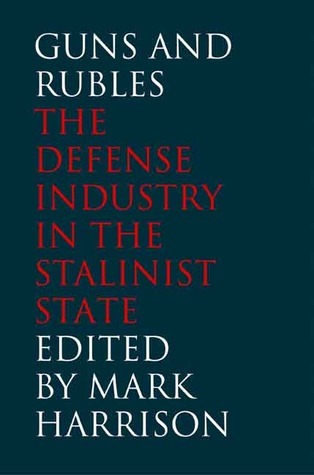
Yale-Hoover Series on Authoritarian Regimes
Series · 8 books · 2008-2018
Books in series

#2
Terror by Quota
State Security from Lenin to Stalin
2009
This original analysis of the workings of Soviet state security organs under Lenin and Stalin addresses a series of questions that have long resisted satisfactory answers. Why did political repression affect so many people, most of them ordinary citizens? Why did repression come in waves or cycles? Why were economic and petty crimes regarded as political crimes? What was the reason for relying on extra-judicial tribunals? And what motivated the extreme harshness of punishments, including the widespread use of the death penalty?
Through an approach that synthesizes history and economics, Paul Gregory develops systematic explanations for the way terror was applied, how terror agents were recruited, how they carried out their jobs, and how they were motivated. The book draws on extensive, recently opened archives of the Gulag administration, the Politburo, and state security agencies themselves to illuminate in new ways terror and repression in the Soviet Union as well as dictatorships in other times and places.

#6
Funding Loyalty
The Economics of the Communist Party
2012
The flow of money to national, regional, and local Soviet communist party organizations, the manner in which money was collected, and how their financial discipline was enforced all yield deep insights into the party’s role in the Soviet institutional design. Funding Loyalty examines the Soviet communist party's financial operations and its budget from the 1930s through 1960s, providing a fresh look at the evolution of the party and its role in the Soviet economy and society as a whole.

#7
Guns and Rubles
The Defense Industry in the Stalinist State
2008
For this book a distinguished team of economists and historians—R. W. Davies, Paul R. Gregory, Andrei Markevich, Mikhail Mukhin, Andrei Sokolov, and Mark Harrison—scoured formerly closed Soviet archives to discover how Stalin used rubles to make guns. Focusing on various aspects of the defense industry, a top-secret branch of the Soviet economy, the volume’s contributors uncover new information on the inner workings of Stalin’s dictatorship, military and economic planning, and the industrial organization of the Soviet economy.
Previously unknown details about Stalin’s command system come to light, as do fascinating insights into the relations between Soviet public and private interests. The authors show that defense was at the core of Stalin’s system of rule; single-minded management of the defense sector helped him keep his grip on power.

#9
The Lost Politburo Transcripts
From Collective Rule to Stalin's Dictatorship
2008
In this groundbreaking book, prominent Western and Russian scholars examine the "lost" transcripts of the Soviet Politburo, a set of verbatim accounts of meetings that took place from the 1920s to 1938 but remained hidden in secret archives until the late 1990s. Never intended for publication or wide distribution, these records (known as stenograms in Russia) reveal the actual process of decision making at the highest levels of the Soviet communist party. The transcripts also provide new, first-hand records of the rise of Stalin's dictatorship. The contributors to the volume explore the power struggles among the Politburo members, their methods of discourse and propaganda, and their economic policies. Taken as a whole, the essays shed light on early Soviet history and on the individuals who supported or opposed Stalin's consolidation of power.
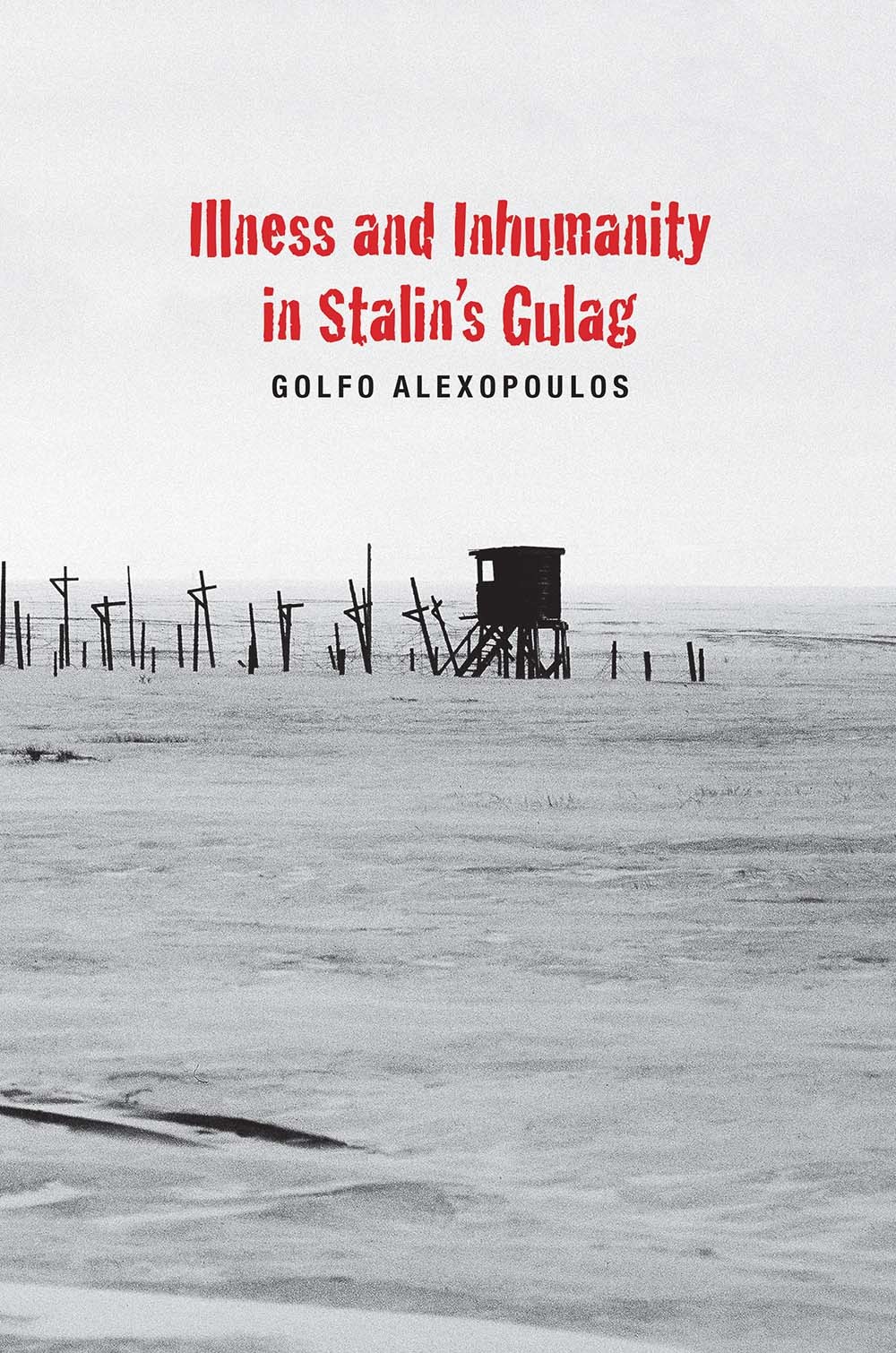
#12
Illness and Inhumanity in Stalin's Gulag
2017
A new and chilling study of lethal human exploitation in the Soviet forced labor camps, one of the pillars of Stalinist
In a shocking new study of life and death in Stalin’s Gulag, historian Golfo Alexopoulos suggests that Soviet forced labor camps were driven by brutal exploitation and often administered as death camps. The first study to examine the Gulag penal system through the lens of health, medicine, and human exploitation, this extraordinary work draws from previously inaccessible archives to offer a chilling new view of one of the pillars of Stalinist terror.

#13
Brazil, 1964-1985
The Military Regimes of Latin America in the Cold War
2017
An insightful study of the political, economic, and social changes Brazil experienced during the twenty-year rule of its Cold War military regime.Cuba’s revolution in 1959 fueled powerful anti-Communist fears in the United States. As a result, in the years that followed, governments throughout Central and South America were toppled in U.S.-backed military coups, and by 1977 only three democratically elected leaders remained in all of Latin America. This perceptive study, coauthored by a revered historian and a prominent economist, examines how the military rulers of Brazil profoundly altered the nation’s economy, politics, and society during their two decades in power, and it explores the lasting impact of these changes after democracy was restored. Comparing and contrasting the history, programs, methods, and goals of Brazil’s Cold War–era authoritarian government with the military regimes of Peru, Chile, Argentina, Bolivia, and Uruguay, authors Herbert Klein and Francisco Vidal Luna offer a fascinating, detailed analysis of the Brazilian experience from 1964 to 1985, one of the darkest, most difficult periods in Latin American history.
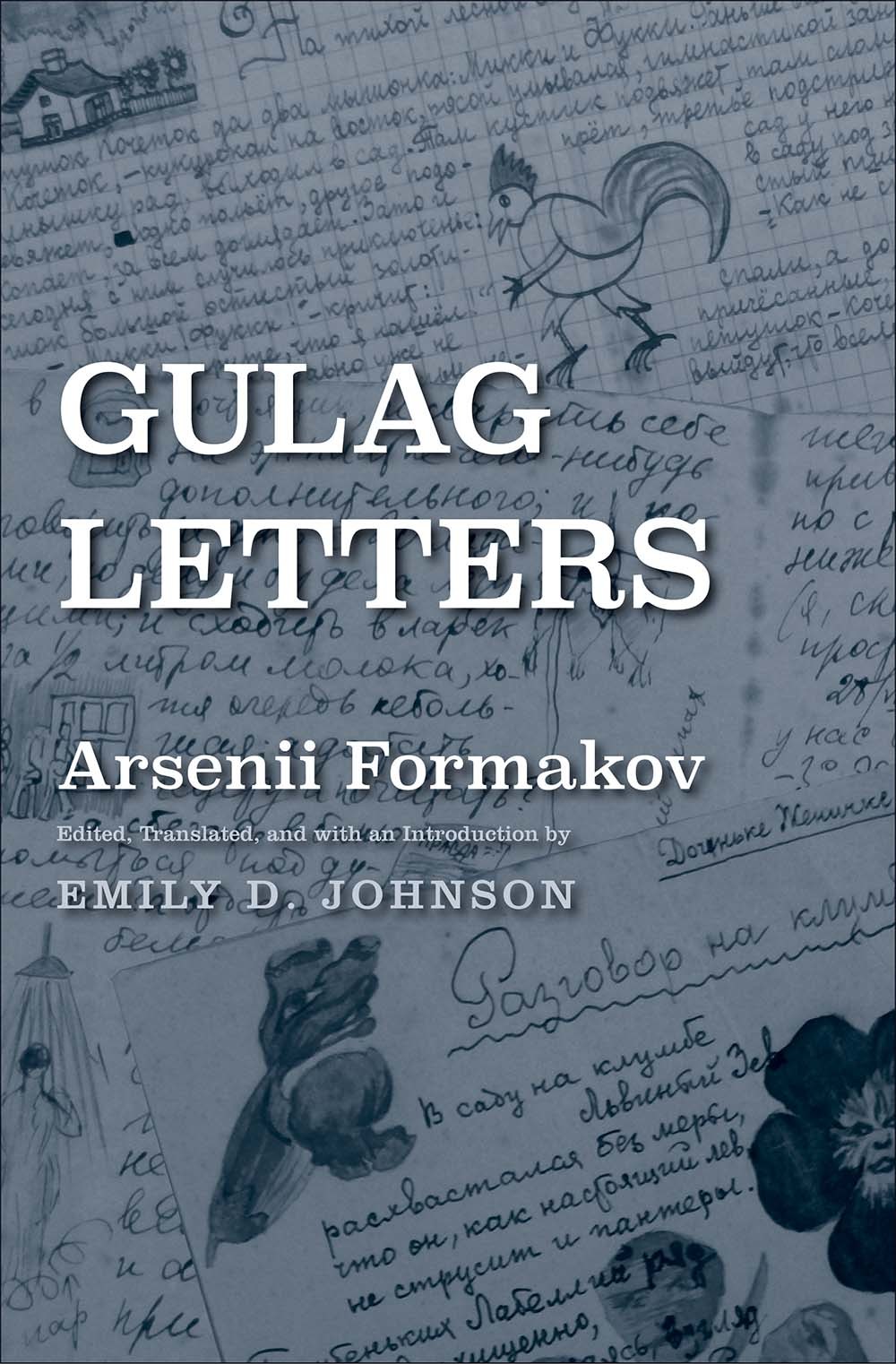
#14
Gulag Letters
2017
A poignant collection of letters written by the Latvian poet, novelist, and newspaper editor Arsenii Formakov while interned in Soviet labor camps
Emily Johnson has translated and edited a fascinating collection of letters written by Arsenii Formakov, a Latvian Russian poet, novelist, and journalist, during two terms in Soviet labor camps, 1940 to 1947 in Kraslag and 1949 to 1955 in Kamyshlag and Ozerlag. This correspondence, which Formakov mailed home to his family in Riga, provides readers with a firsthand account of the workings of the Soviet penal system and testifies to the hardships of daily life for Latvian prisoners in the Gulag.
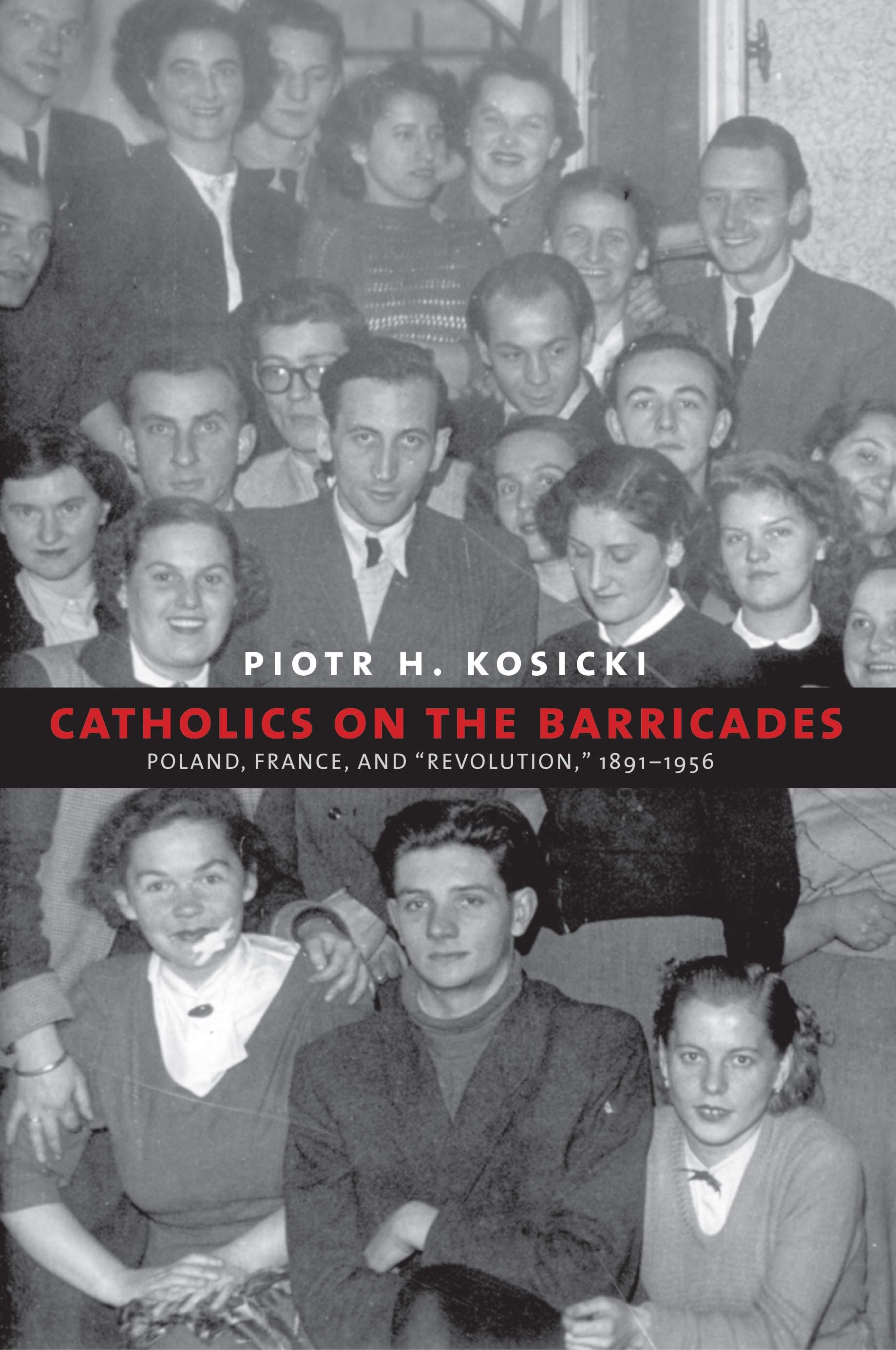
#15
Catholics on the Barricades
Poland, France, and "Revolution," 1891-1956
2018
In Poland in the 1940s and '50s, a new kind of Catholic intended to remake European social and political life—not with guns, but French philosophy
This collective intellectual biography examines generations of deeply religious thinkers whose faith drove them into public life, including Karol Wojtyła, future Pope John Paul II, and Tadeusz Mazowiecki, the future prime minister who would dismantle Poland’s Communist regime.
Seeking to change the way we understand the Catholic Church, World War II, the Cold War, and communism, this study centers on the idea of “revolution.” It examines two crucial countries, France and Poland, while challenging conventional wisdom among historians and introducing innovations in periodization, geography, and methodology. Why has much of Eastern Europe gone back down the road of exclusionary nationalism and religious prejudice since the end of the Cold War? Piotr H. Kosicki helps to understand the crises of contemporary Europe by examining the intellectual world of Roman Catholicism in Poland and France between the Church's declaration of war on socialism in 1891 and the demise of Stalinism in 1956.